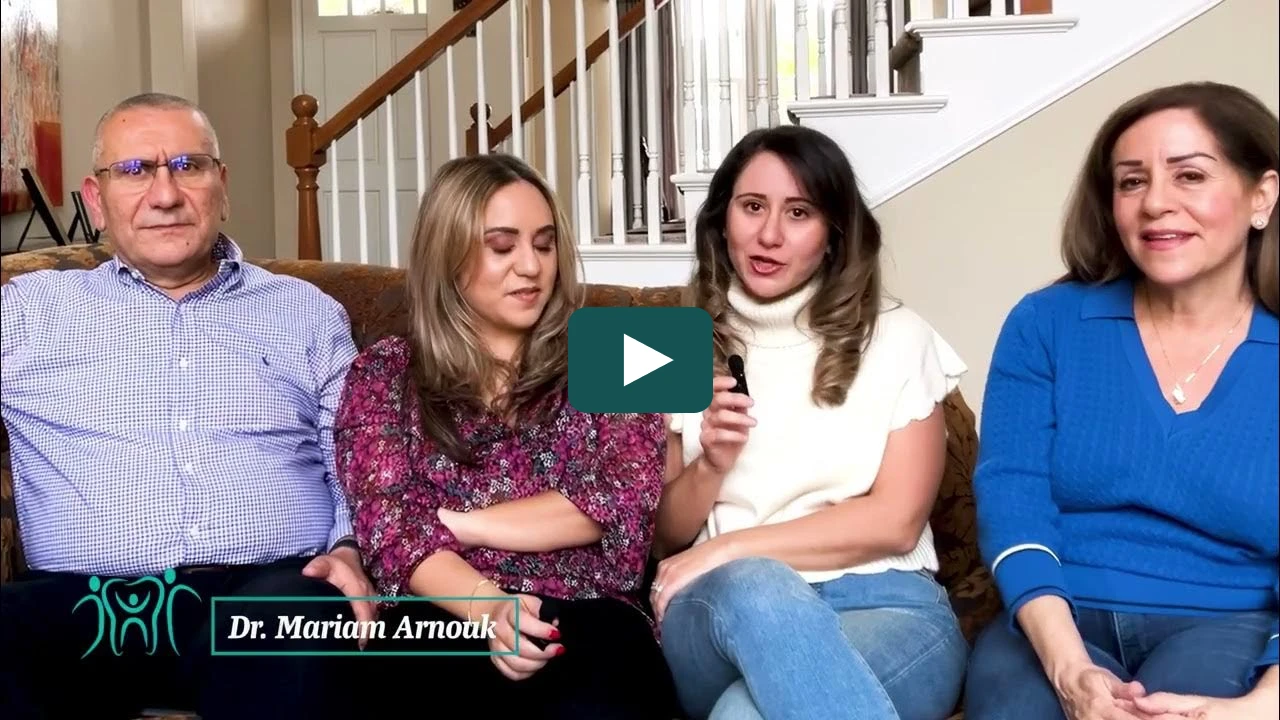Dental Bonding in Greenville, TX
Bonding is one of the most cost-effective and simple cosmetic dental procedures
Whether a dentist recommends covering exposed teeth roots or needs to adhere a crown to a tooth, they will use dental bonding techniques to accomplish these tasks. Without the adhesives that they use every day, dentists would not be able to accomplish many of the dental miracles that save people’s teeth and their appearance.

Bonding is one of the most cost-effective and simple cosmetic dental procedures. Most dental bonds can be completed in one visit. Crowns and veneers are more complicated cosmetic procedures that may require multiple appointments. Dental bonding can be used to hide unsightly gaps and save time and money. Anesthesia is not usually required unless dental bonding has been used to fill a cavity.
Dental bonding can be a great option for improving the appearance of damaged or stained teeth. You can use bonding to fix a variety of cosmetic dental issues:
- Restore chipped or cracked teeth
- Staining or discolored teeth can be improved
- Fill large gaps between your teeth
- You can change the shape of your teeth to create a uniform appearance

Bonding materials not only secure crowns on teeth, but they can “glue” a badly cracked or broken tooth back together, cover cracks or chips, or cover the gap between the two teeth.
Our dentist at Graham Family Dental & Spa uses high-quality adhesives like:
- Glass-ionomers
- Zinc Polycarboxylate
- Composite resins
Dentists can apply most bonding materials on wet or dry teeth and harden, or cure, them by using curing lights. Our dentist in Greenville, TX has some of the best training in the industry for using high-quality adhesives to restore or change the appearance of teeth. They will recommend an adhesive that will do a good job for you and match its color to your teeth, so the work looks natural.

Preparation
Dental bonding requires little preparation. Dental bonding does not usually require anesthesia unless it is used to replace a damaged tooth. To match your tooth’s color, our dentist will use a shade guide.
Bonding
Our dentist will prepare the tooth’s surface and then apply a conditioning fluid. These are necessary to ensure that the bonding material sticks to the tooth. The resin, which is tooth-colored and putty-like, is applied to the teeth, and then molded and smoothed to achieve the desired shape. The material is then hardened using a laser or bright light. Our dentist will then trim the material and shape it once it has hardened. Then, polish it to match the rest of your tooth’s surface!
Treatment Time
The process of tooth bonding can take between 30 and 60 minutes per tooth.

If dental bonding takes place to improve the appearance of teeth or for cosmetic purposes, then your dental insurance plan may not cover the costs. However, if our dentist at Graham Family Dental & Spa in Greenville, TX uses bonding techniques to repair a tooth or cover its roots at the gum line, then that is considered restorative or preventive, and your plan should cover it.
Bonding teeth is usually quick and painless and may only require one treatment to improve how your teeth look.
How can I maintain the appearance of my dental bonding over time?
To maintain your dental bonding, avoid consuming excessive amounts of coffee, tea, or red wine, and refrain from smoking, as these can stain the resin. Practice good oral hygiene by brushing twice a day and flossing regularly. Additionally, avoid biting hard objects or using your bonded teeth as tools to prevent chipping.
Will the color of the bonded material match my other teeth?
Yes, the resin used in dental bonding can be closely matched to the color of your natural teeth. Our dentist will select a shade that aligns with your surrounding teeth to ensure a natural and seamless appearance. However, keep in mind that the bonding material doesn't respond to whitening treatments like natural teeth, so future whitening procedures may cause a color discrepancy.
Is dental bonding a good option for gaps between my teeth?
Dental bonding is often used to close small gaps between teeth effectively. It's a less invasive and more cost-effective alternative to veneers or orthodontics in some cases. Our dentist can assess your specific situation and discuss whether bonding is the best option for closing gaps in your teeth.
How long does the dental bonding procedure take?
The dental bonding procedure is typically quick and can usually be completed in one visit to our dental office, taking about 30 to 60 minutes per tooth. The exact time will depend on the extent of the work needed and the number of teeth being treated.
Can dental bonding be redone or touched up?
Yes, if the bonding on your tooth chips or becomes stained, it can be easily repaired or touched up. Unlike veneers or crowns, which need to be replaced entirely, dental bonding material can be added to or removed and then polished to match the surrounding tooth surface.

